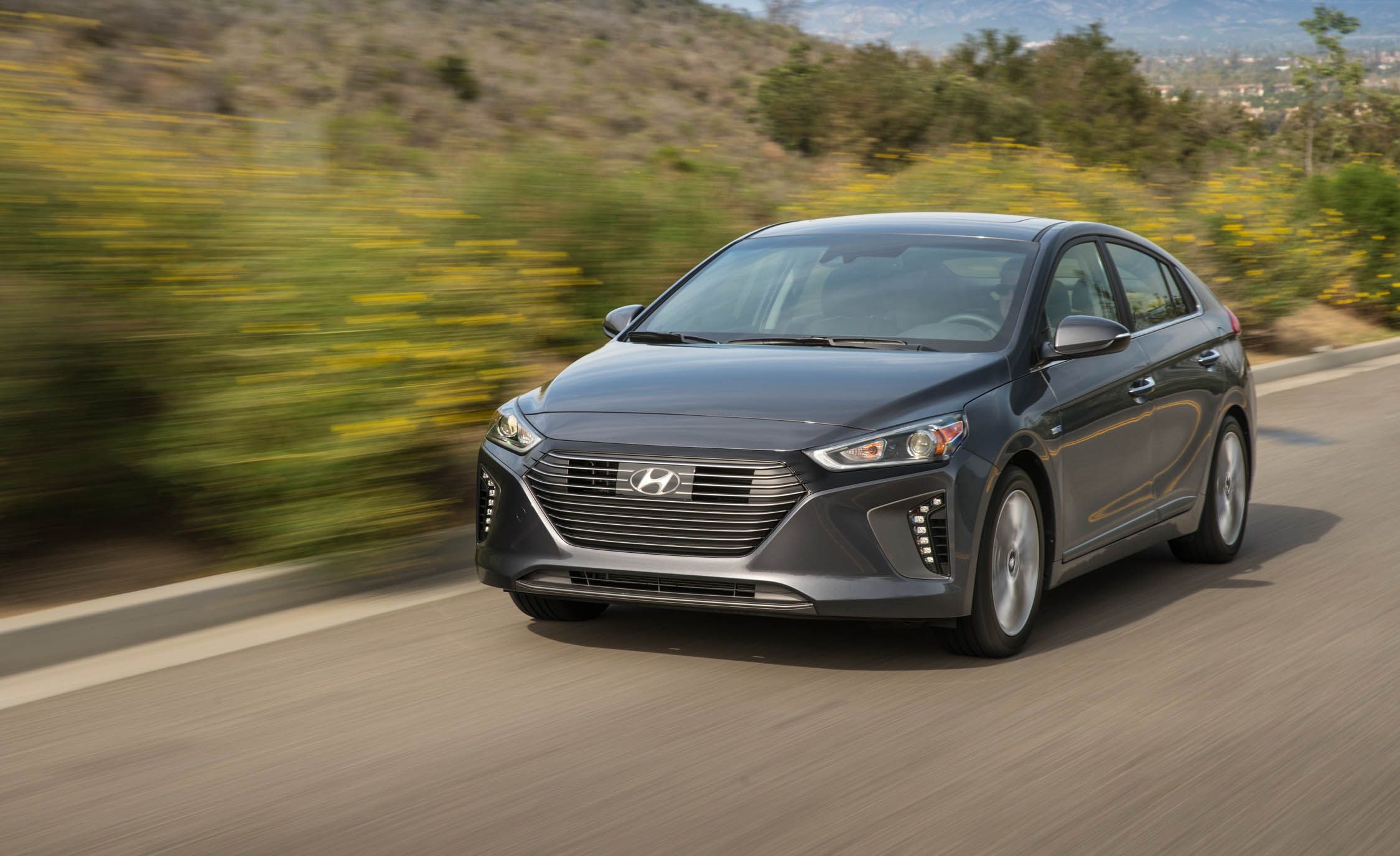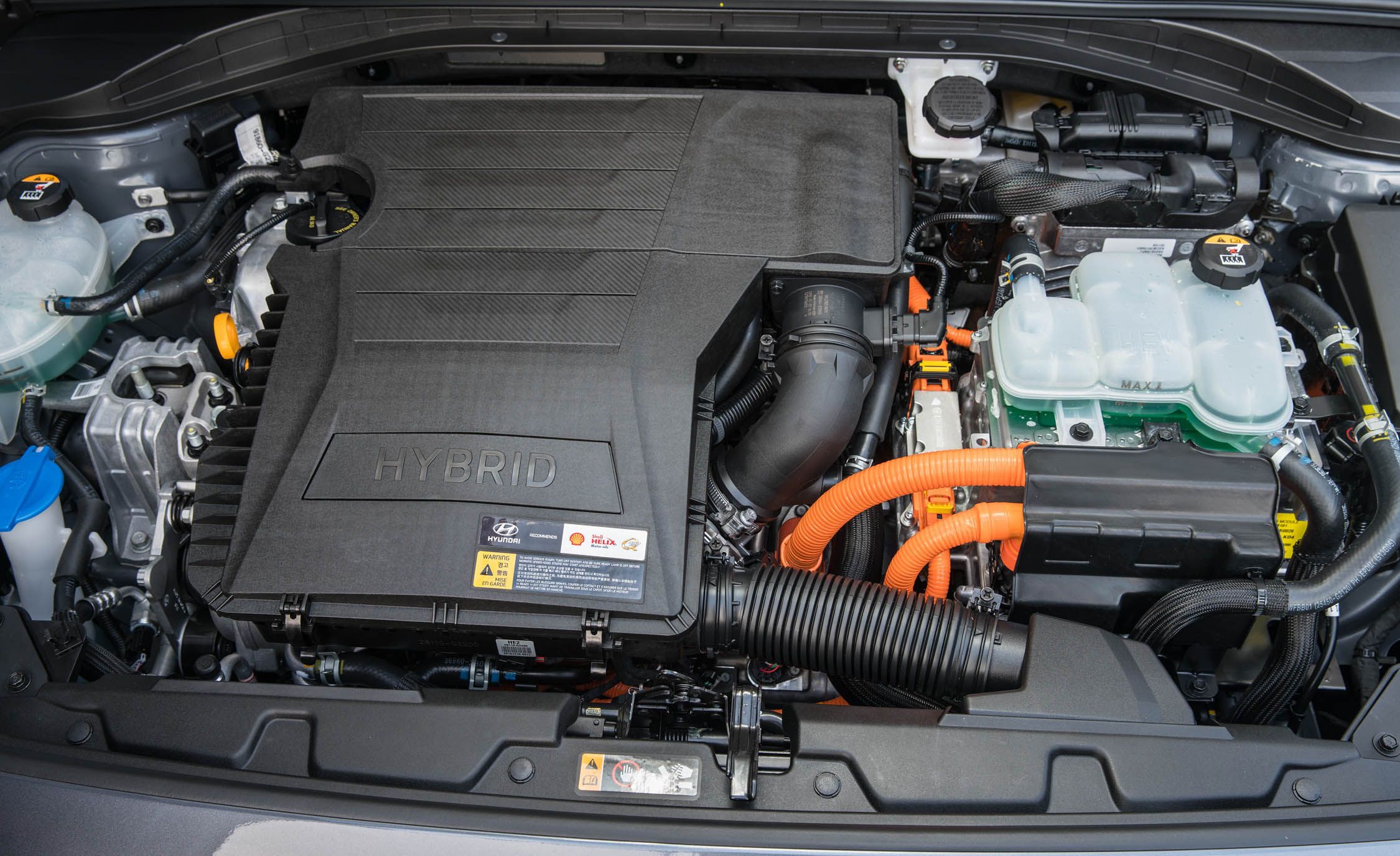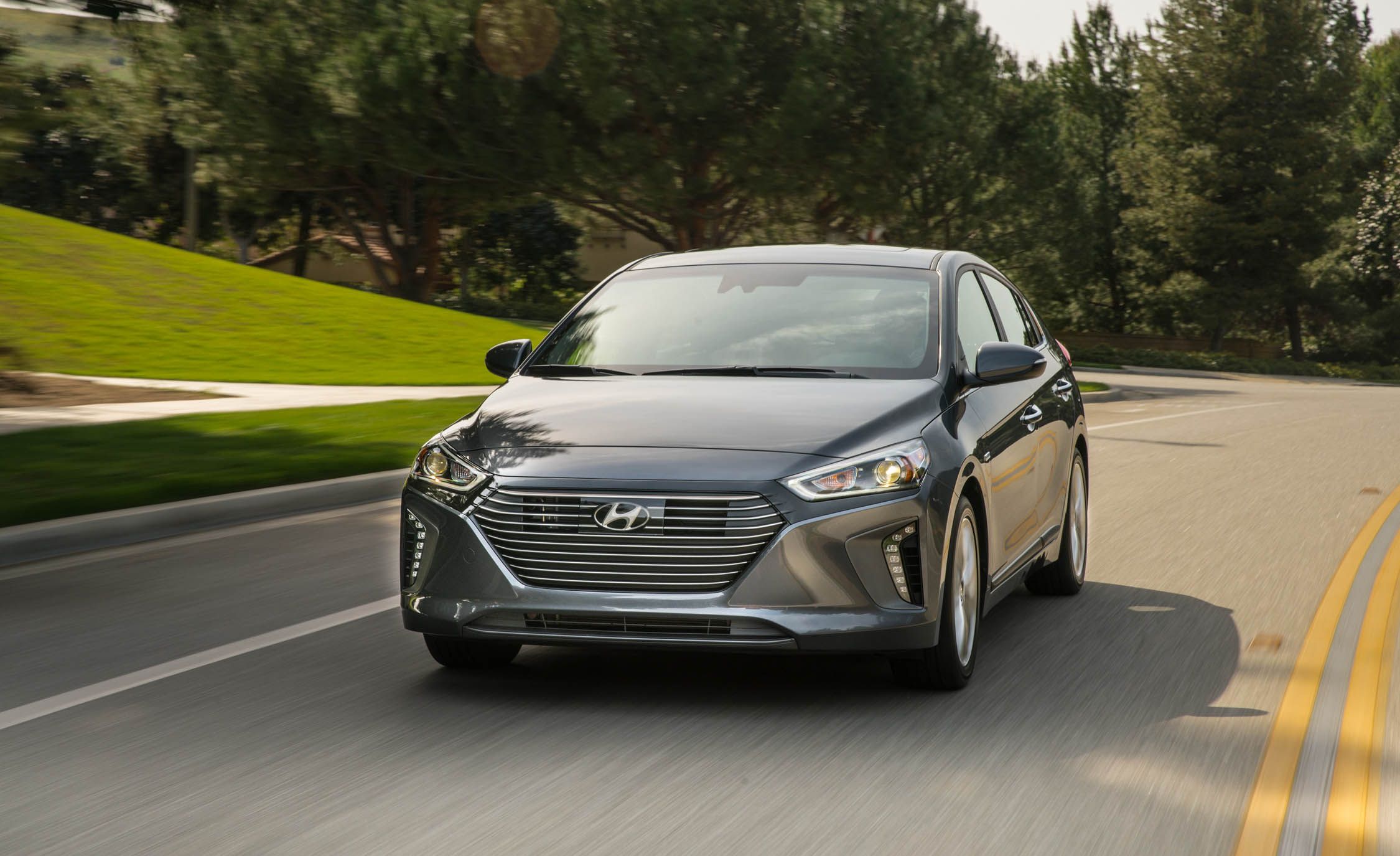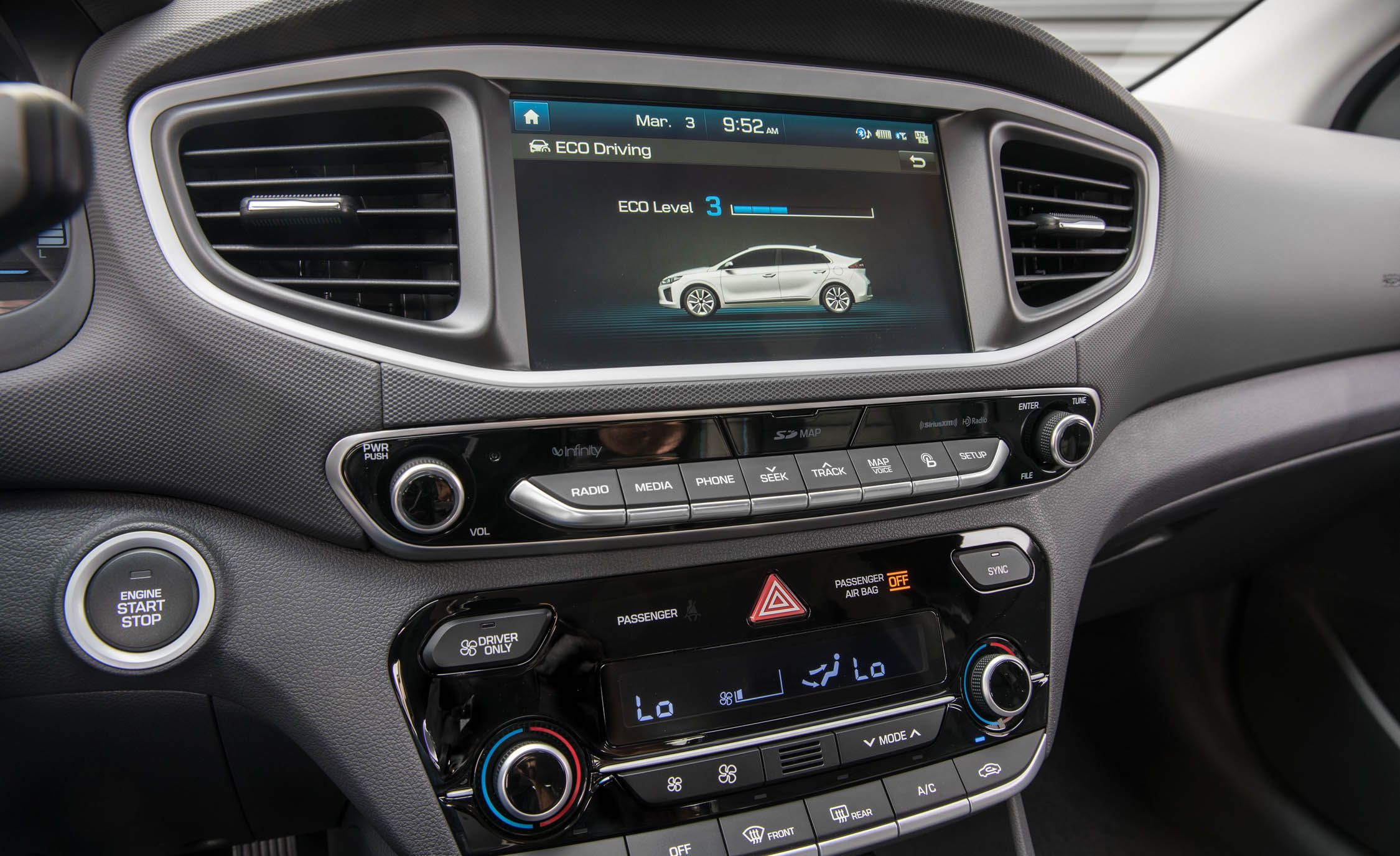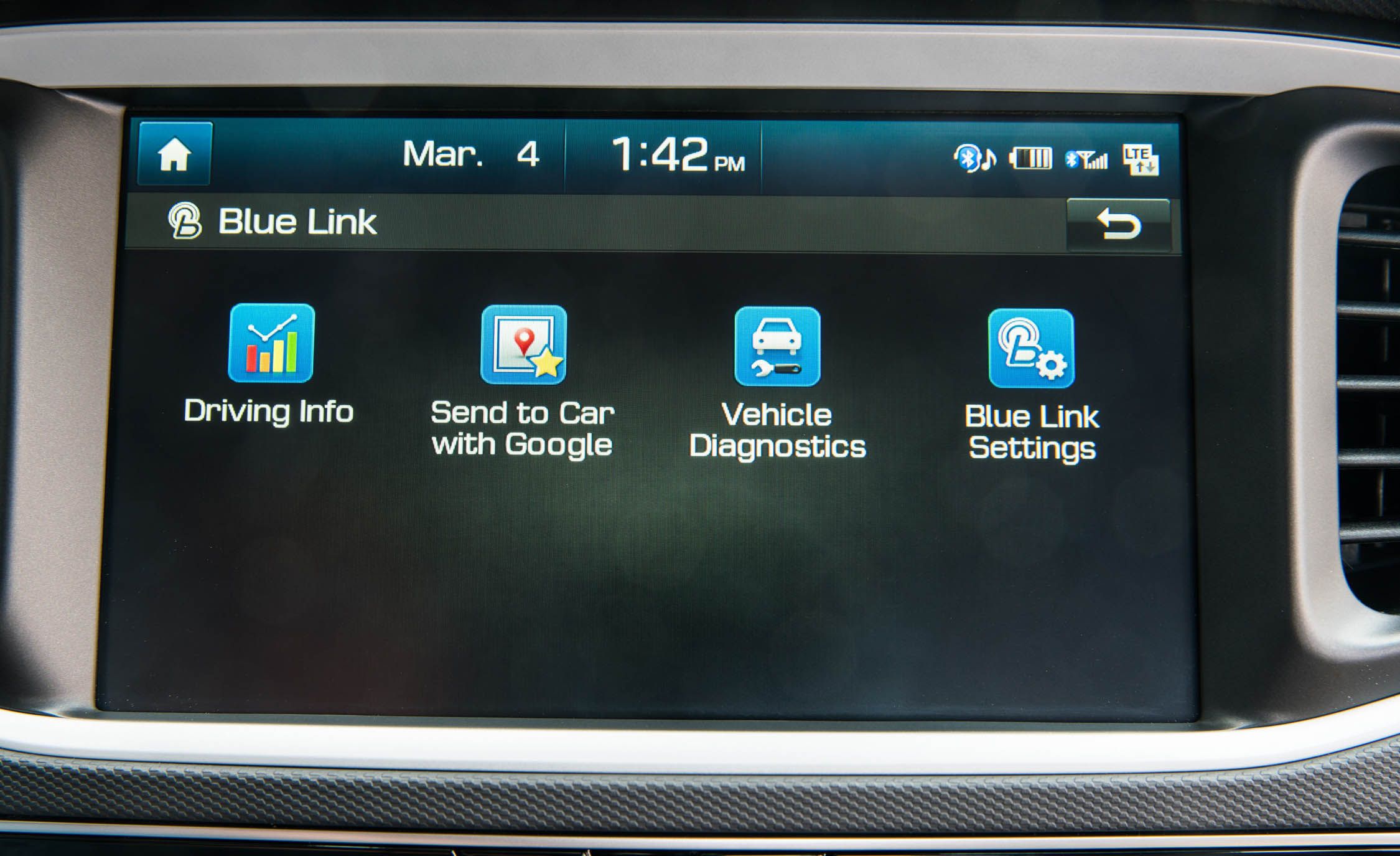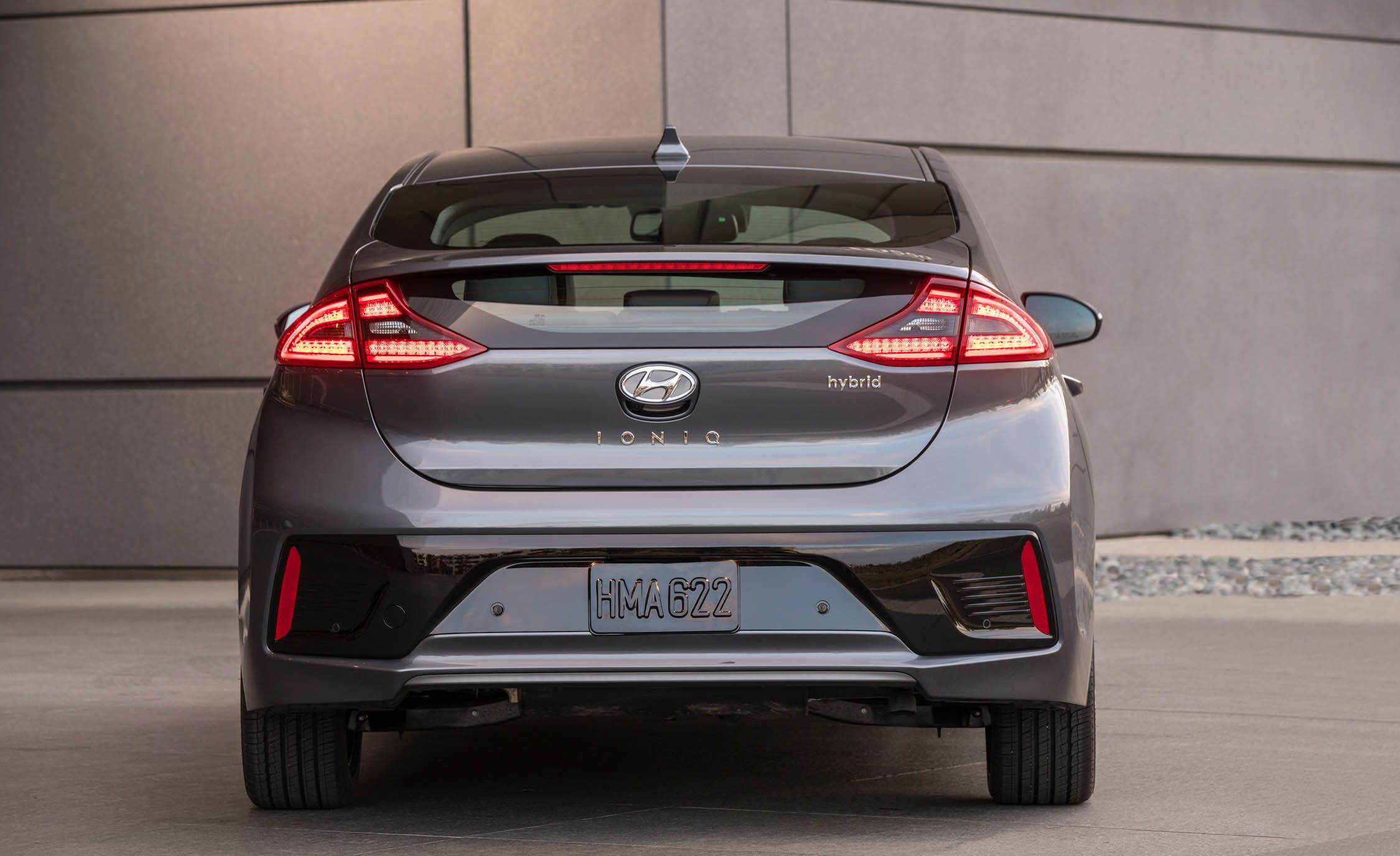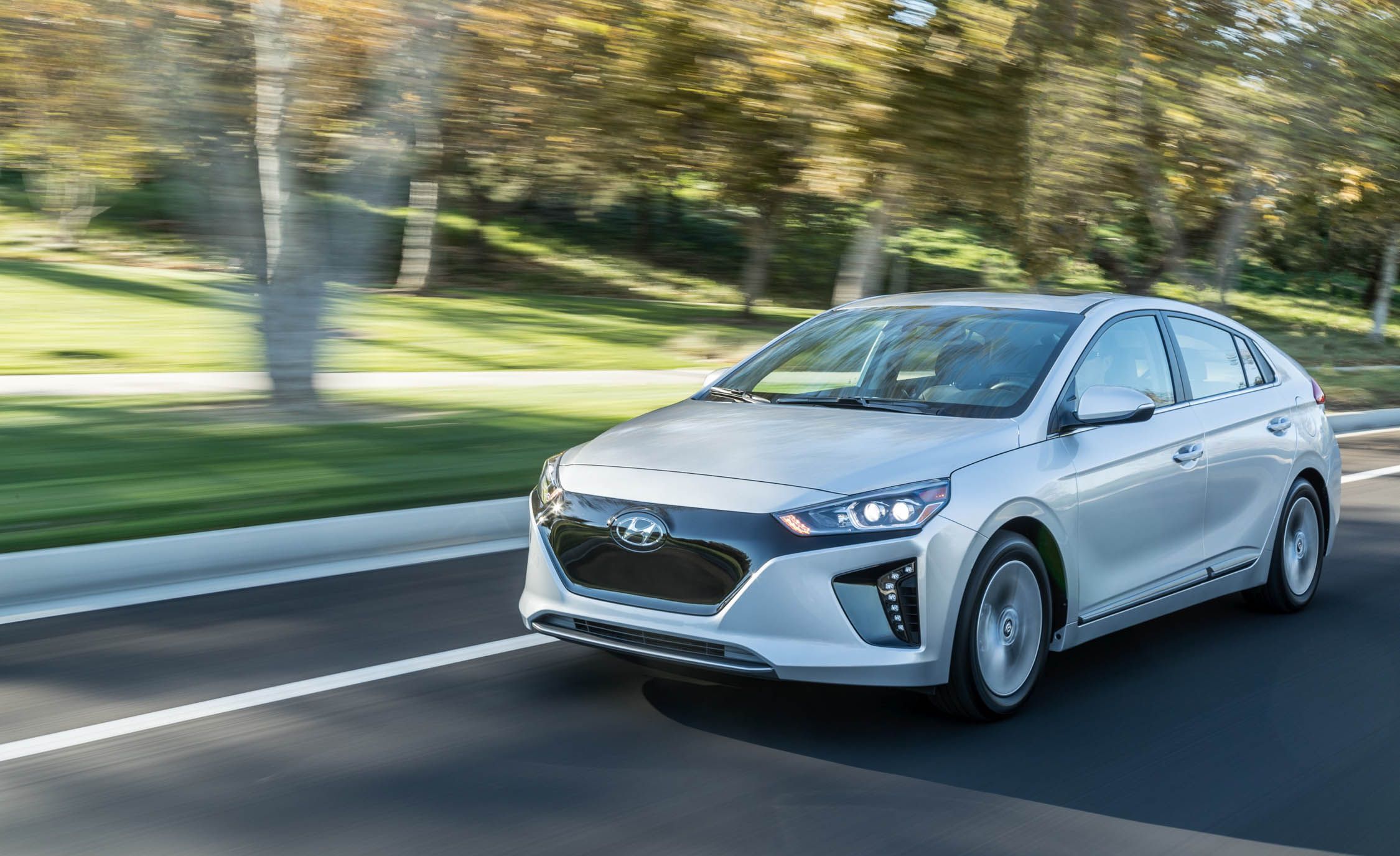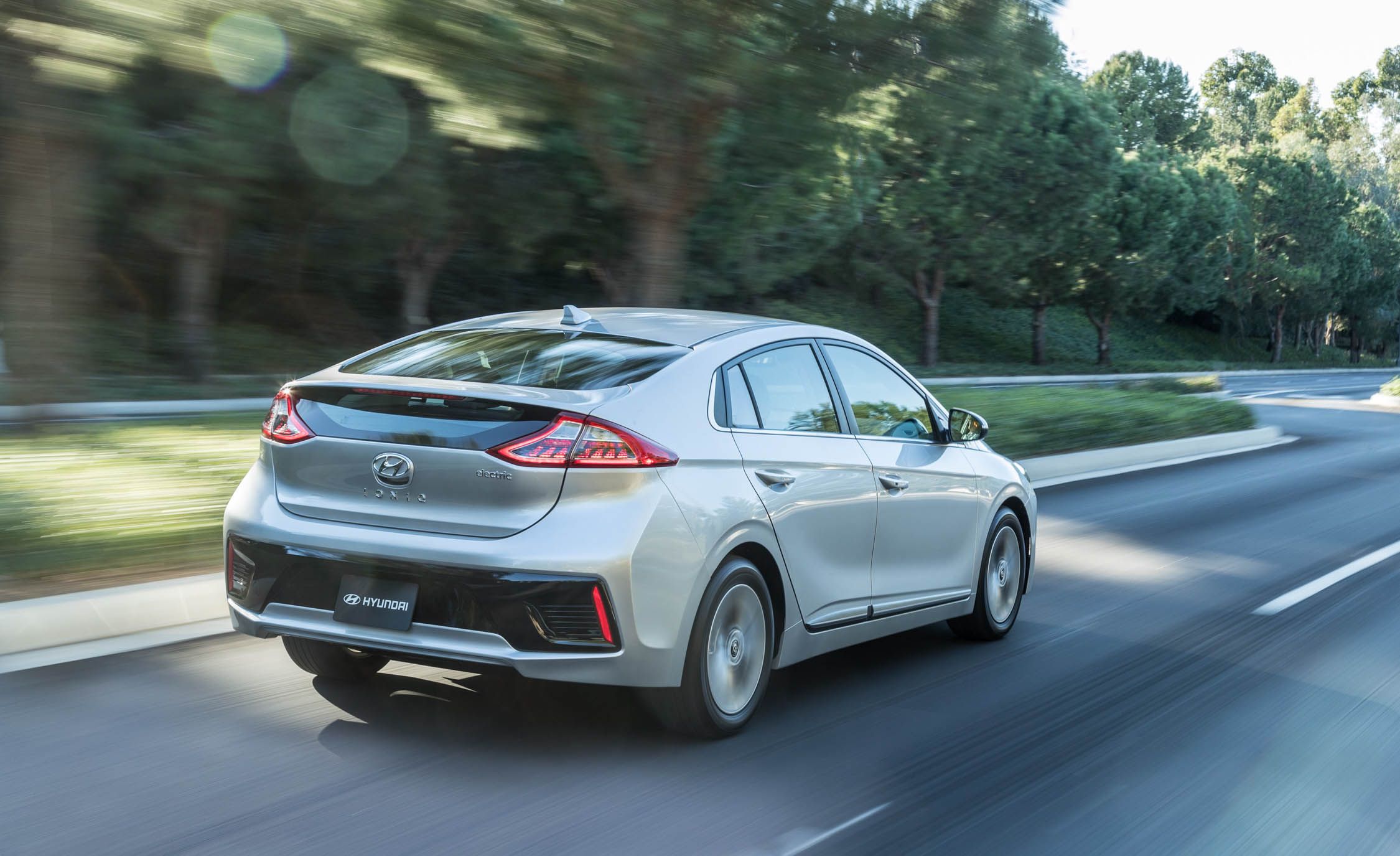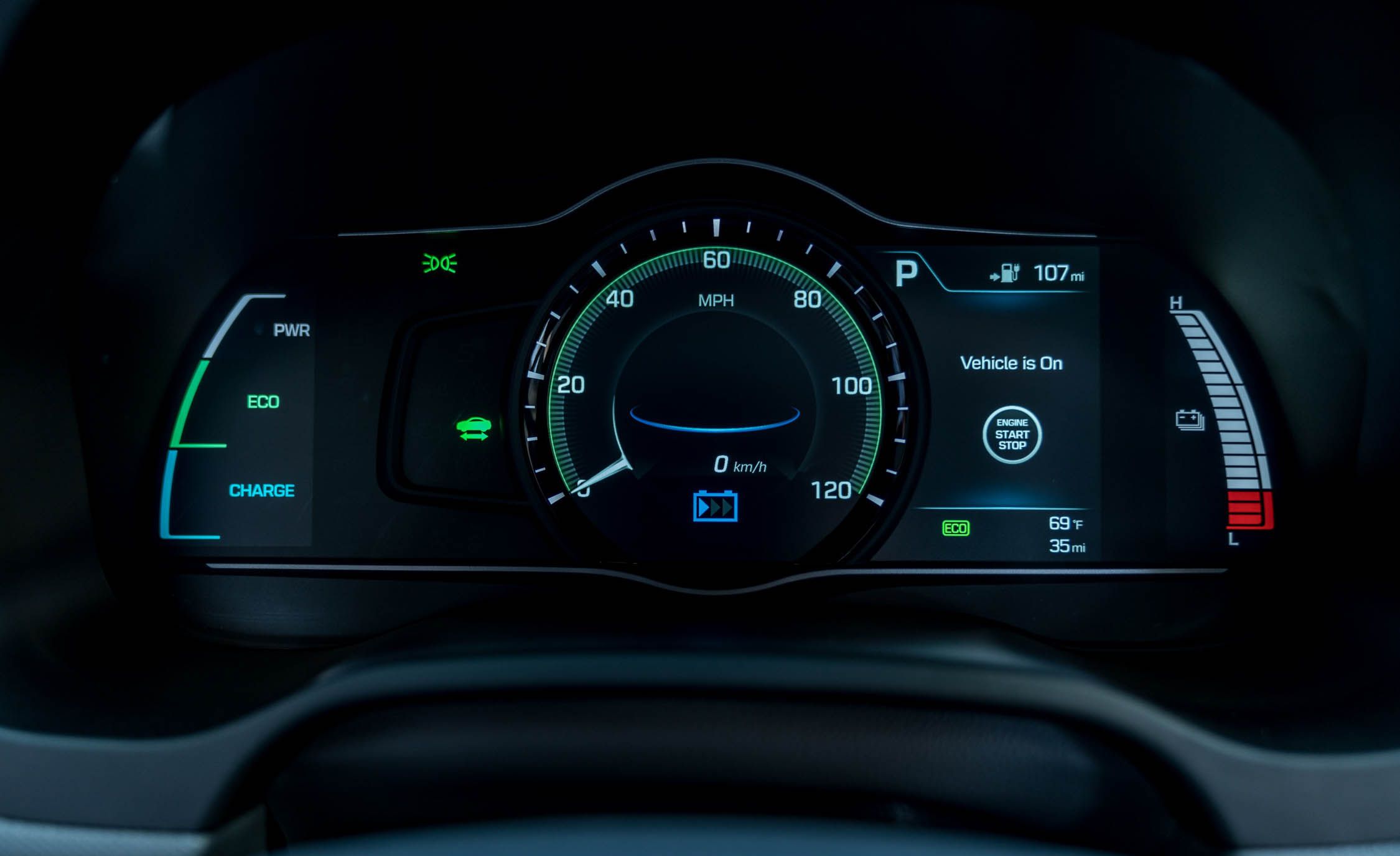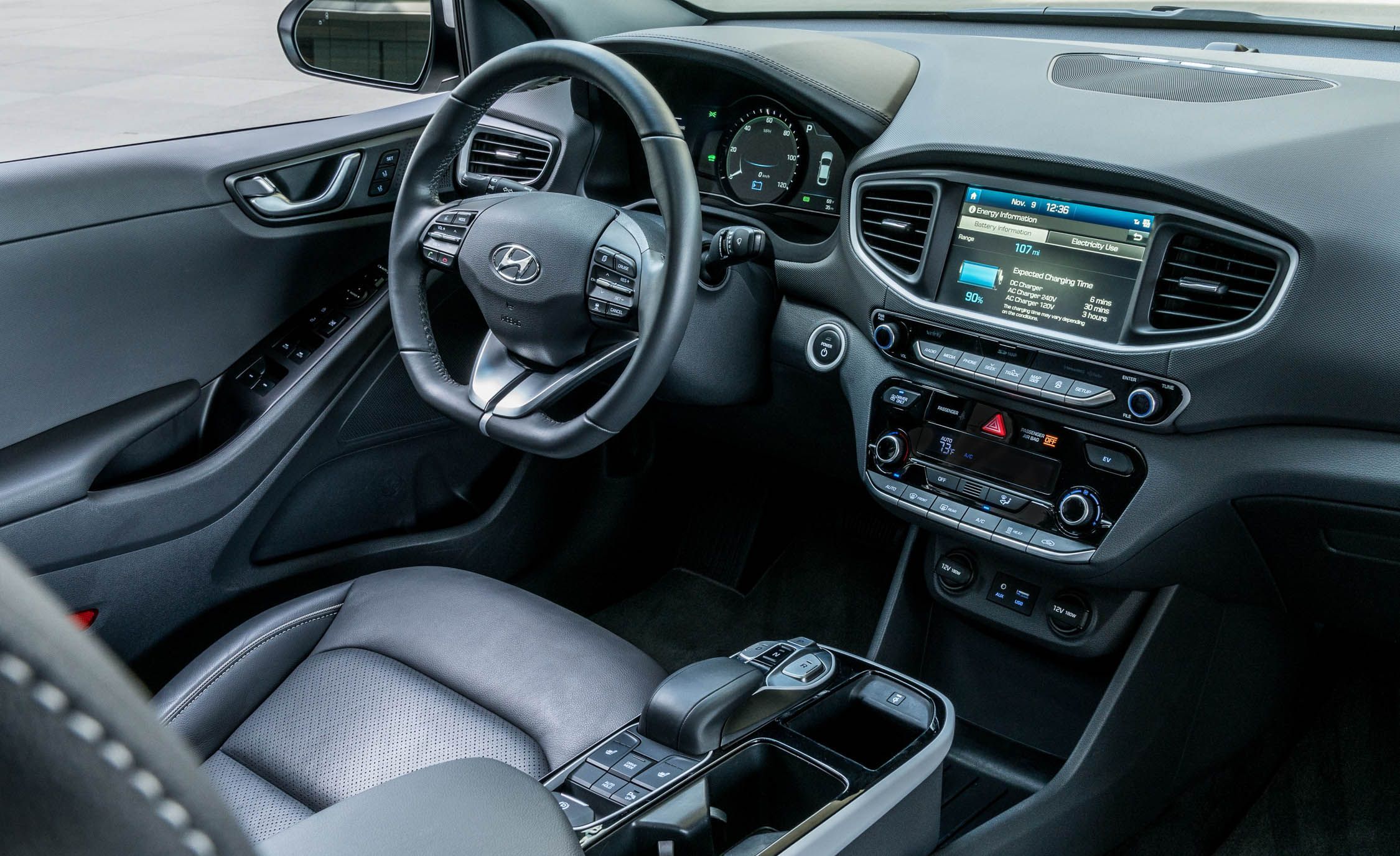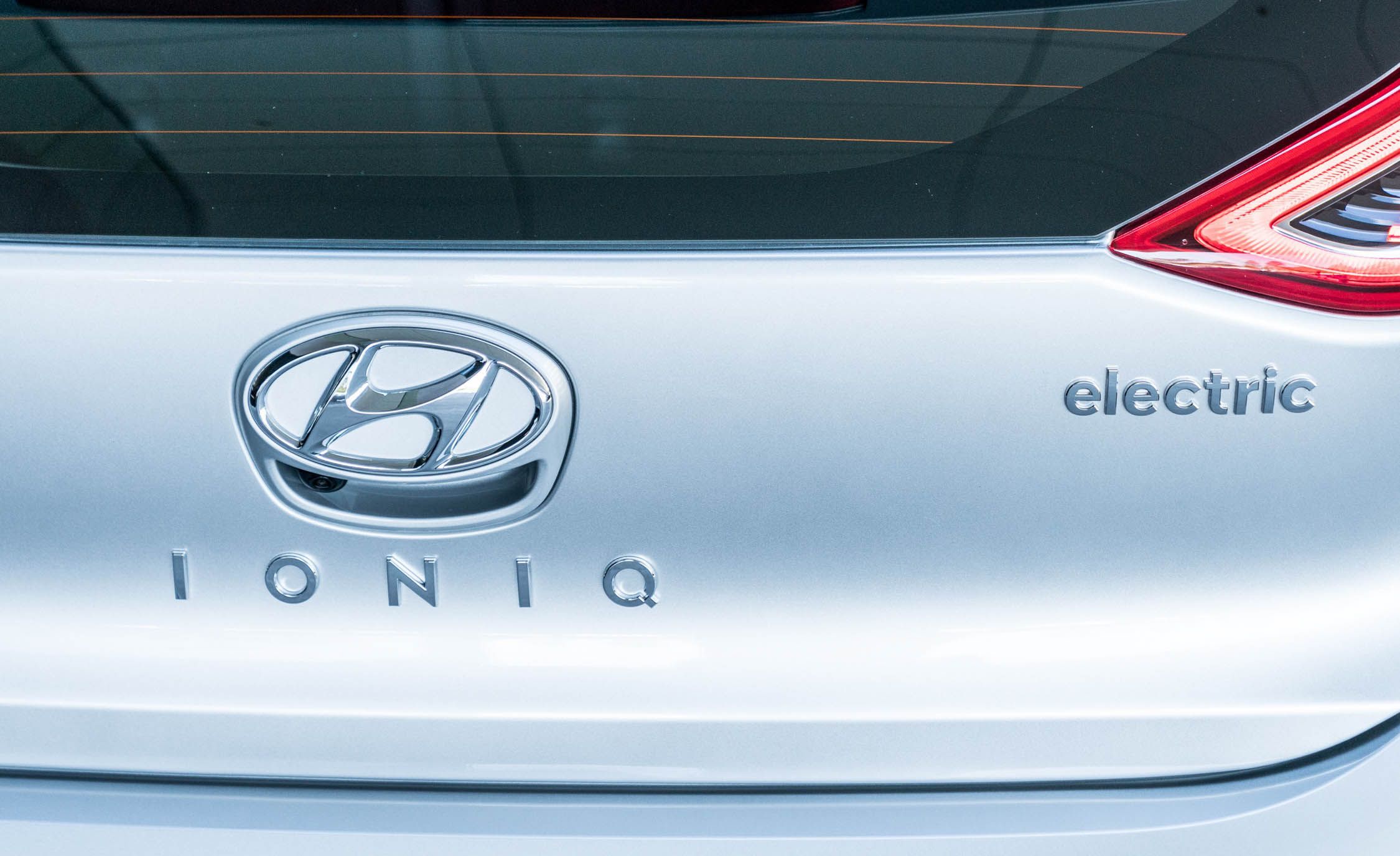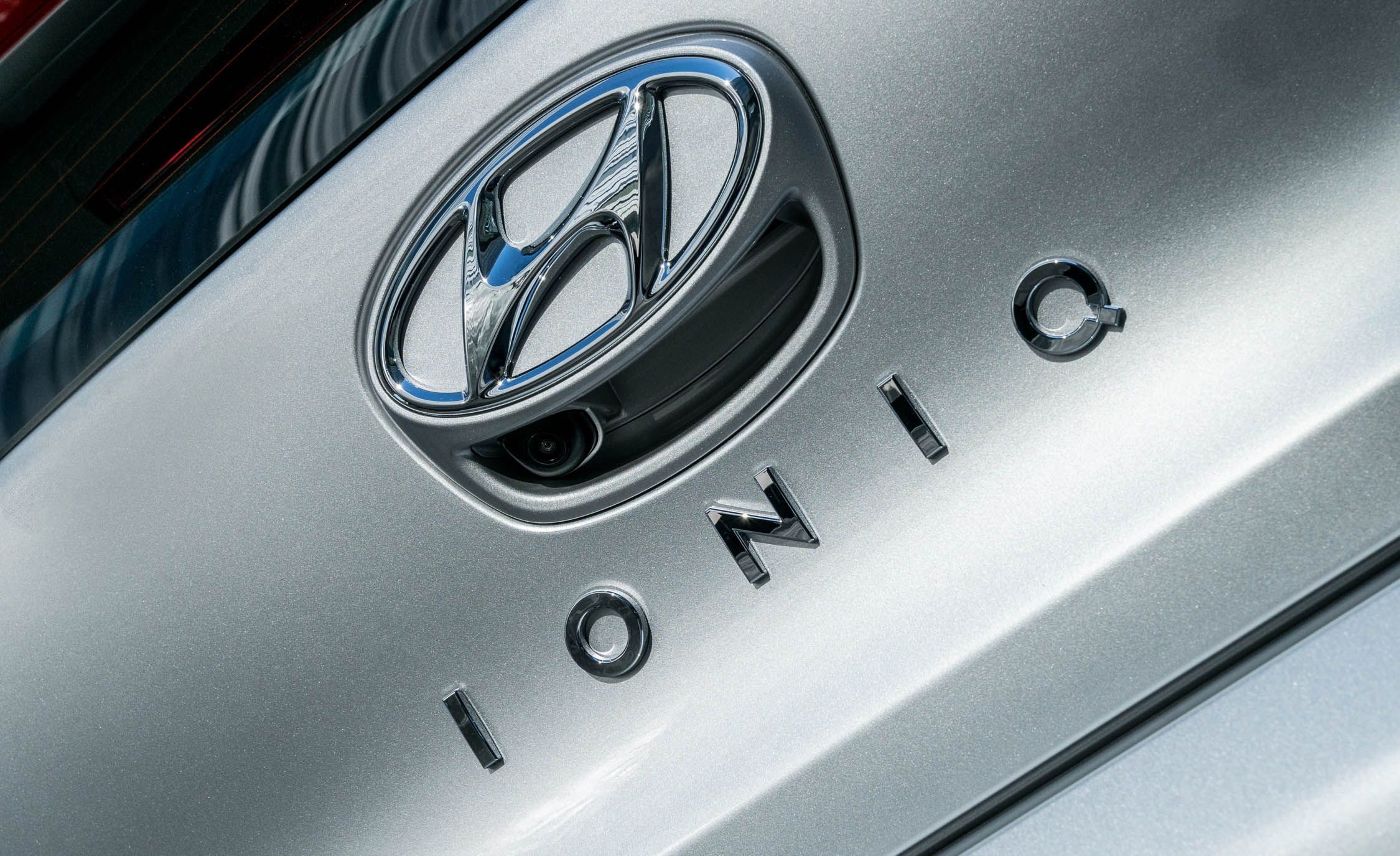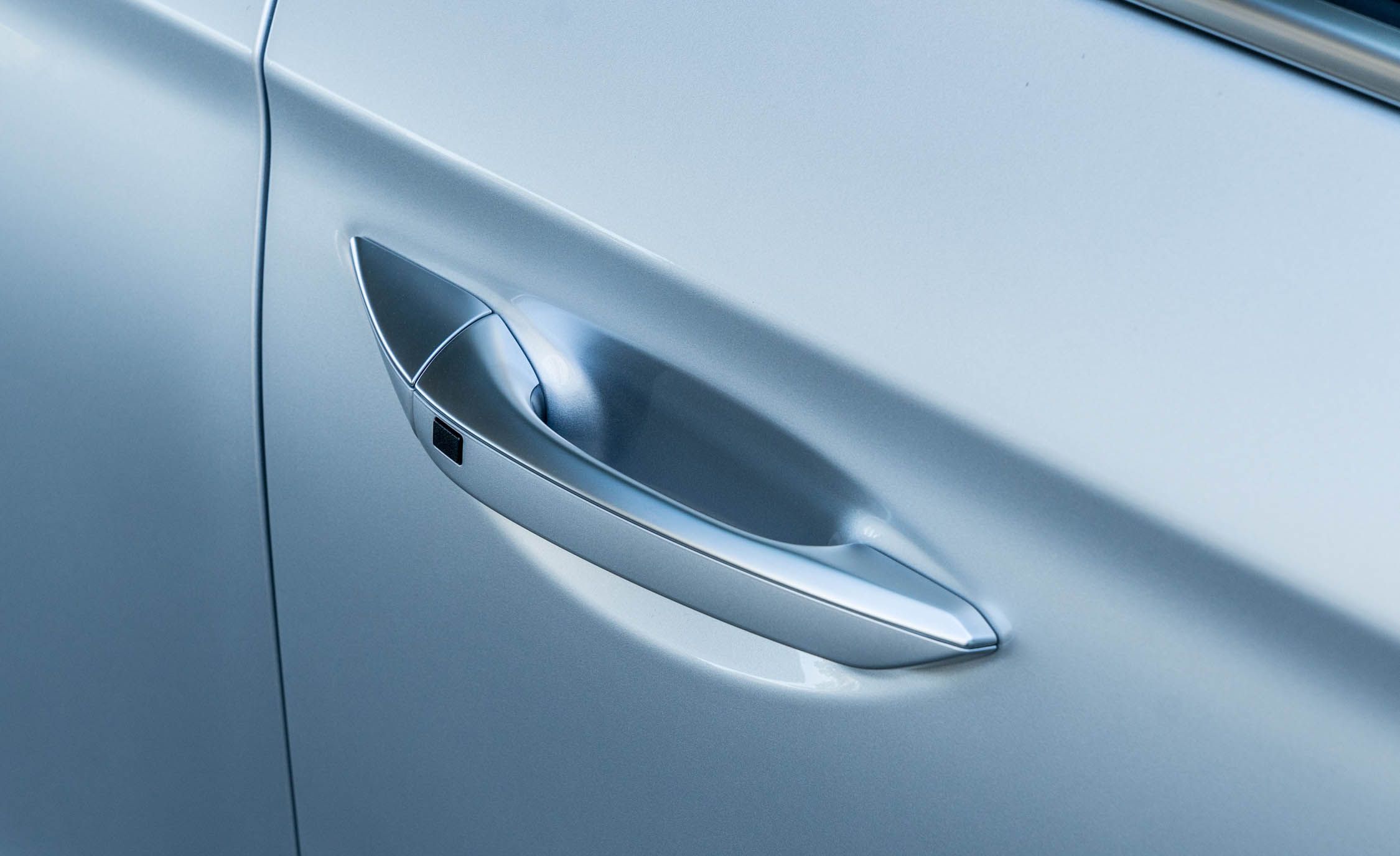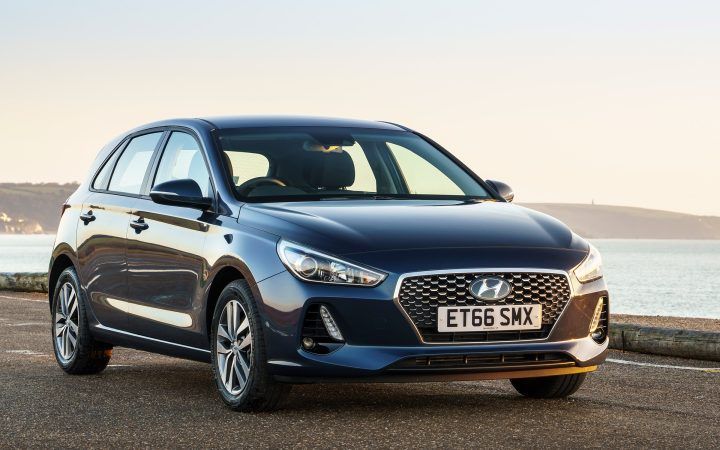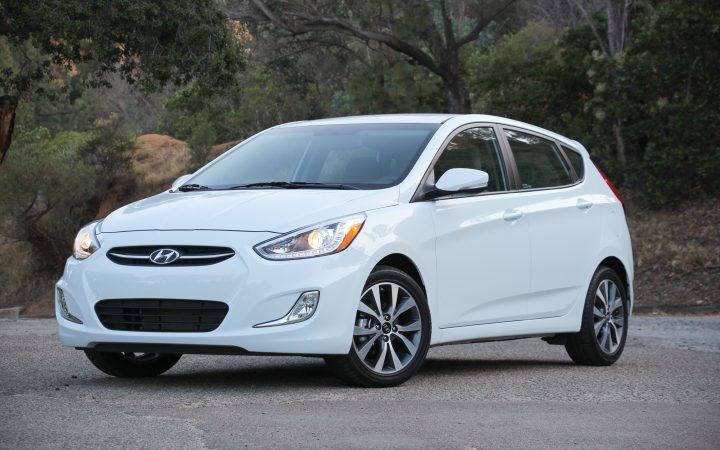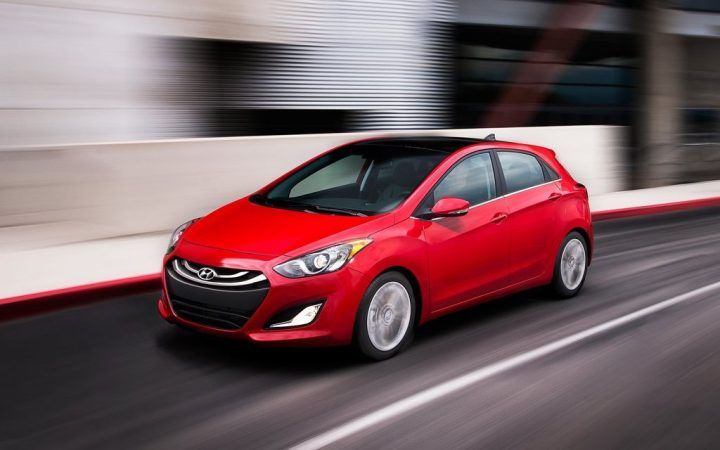The 2017 Hyundai Ioniq hatchback is presented in a hybrid, plug-in hybrid or pure electric vehicle option, and serves as a strong challenge to Toyota's traditionally dominant Prius model. With its regular Ioniq Hybrid, an estimated 55 miles in mixed driving per EPA guidelines are facilitated; significantly surpassing the Prius's standard 2017 mileage of 52. Even more impressively, the Ioniq Hybrid Blue offers an EPA rating of 58 mpg combined - a record for a hybrid not requiring a plugin - and is surprisingly the budget-friendly option in the Hybrid range.
Hyundai is making a concerted effort to compete with Toyota, leveraging the major firm's established appeal for mass-market hybrids. Despite a decrease in demand caused by comparatively lower fuel prices, Hyundai is determined to capitalise on new technological advancements in ride-sharing fleets and millennials, the latter of whom will comprise 40% of the car-buying market by 2020. These buyers conforming to the values of their generation are likely to be attracted to Hyundai's offers of small-scale efficiency and an urban lifestyle.
The Ioniq and its sibling, the Kia Niro crossover, are the initial two of seven vehicles to be released over the course of the next year in an effort to break the monopoly that the Prius has on the public's mental image of a hybrid. Hyundai intends to compete forcefully in terms of pricing. The base $23,035 Ioniq Blue model is $2535 less expensive than the base Prius Two, but comparison of the features lists of both vehicles is necessary to determine which has the advantages essential to the individual. For example, would the consumer prefer to have heated mirrors (available in the Prius) or dual-zone climate control (which the Ioniq offers)? While the differences in the prices of the Ioniq's various models (Blue, SEL, and Limited) become less distinct, the Hyundai still has a cost-related advantage.
This same fundamental component set is to be used in order to create not only the hybrid Ioniq (which, in its most bare-bones Blue model, has an EPA rating of 58 mpg), but also a plug-in hybrid and a full EV. Additionally, this is Hyundai's first platform designed with autonomous capabilities in mind, so it will be prepared to add state-of-the-art hardware for driver assistance features when the technology becomes available.
The opportunity lies in the fact that Toyota has neglected to expand the Prius sub-brand into body styles such as crossovers, which are the current popular preference. Not all purchasers who are eager to pay extra for electrified vehicles want a basic model, and Hyundai has determined not to commit the same misstep.
First the public will be presented with a Hyundai potato-shaped vehicle reminiscent of Toyota's potato-like design and Honda's Insight. This is not anybody's fault - had Mother Nature attended design school at Art Center, everyone would probably be driving around in Ferrari 330 P4s. Instead, she rewards a body form which is relatively plump, with small wheels and a high back end. Toyota attempted to solve this problem in the most recent Prius by assigning the front and rear styling to Wavy Gravy, yet Hyundai has preferred to be conservative in its approach, adorning the Ioniq with the company's typical assortment of visual motifs which display a tasteful gentility.
The Ioniq has many of the same features as the Elantra, with the exception of the increased cargo capacity due to its hatchback design. This model has a wheelbase that is identical to that of the Elantra, as well as a strut front and multi-link rear suspension that is made up of more aluminum. Being already familiar with the settings of an Elantra, drivers need not be concerned about reading the Ioniq's manual. Both vehicles offer ample backseat room and the former's cargo capacity goes over and above the standard through its wide hatch opening, which has been created by the positioning of the rear dampers.
In regard to the internal combustion engine, Hyundai has engineered a considerable cost reduction and a 12-volt lithium-ion battery has been included in the hybrid's 1.6 kWh lithium-ion battery pack. This setup is more compact than the usually adopted nickel-metal-hydride batteries, which are not as powerful, and the incorporation of a separate lead-acid 12-volt battery. As an added bonus, the Ioniq's lifetime battery warranty offers buyers an extra sense of security.
Due to its ideal performance in stop-go-stop commuting, the Ioniq features Michelin Primacy MXM4 tires with a 65,000-mile warranty as an added safeguard. The suspension, however, is firm, even when the tires are inflated to the recommended 36 psi and the steering feel is quite insipid. When the shifter is moved to the left and the car is placed in Sport mode, the throttle response is reinforced, the tachometer is displayed in the digital instrument cluster, and the manual-shift mode is activated when pulling the shifter and taking control of the automatic transmission. Driving at full tilt, the Ioniq shifts before 5700 rpm where the 1.6-litre inline-four develops its peak of 104 horsepower and the overall performance allows the car to beat the 2016 test model of the Prius Three with a time of 8.9 seconds to 60 mph, as opposed to 10.5 seconds.
Always driving in Sport mode runs counter to the Ioniq's purpose of enhanced fuel efficiency, since strong responses from the gas pedal are only presented while in Eco mode. When taking to highways and steep climbs, considerable pressure needs to be applied to the accelerator in order to prompt a response from the car, which can produce a droning engine sound. When switching from electric to petrol power or vice-versa, the action is initiated virtually undetectably, albeit the odd jolt may be detected for a brief moment due to an inconsistency between the electric motor and the six-speed transmission. Additionally, there is some degree of latency when shifting from forward to reverse and back, in certain circumstances there may be a period of rolling downhill while changes are determined and implemented. The included regenerative braking system is of a moderate intensity, and its efficacy is limitied by the relatively small battery capacity of the hybrid Ioniq, thus the overall procedure is not commensurate with that of the plug-in version of the Ioniq or the Prius and Chevy Volt, rendering the lack of a single pedal feature.
Users are provided with a limited amount of data concerning the car's mileage performance, which is calculated by the dichotomous characterisation of driving as either 'economical', 'normal' or 'aggressive'. In this instance, the total yielded an average of forty-five miles to the gallon, with 49 percent, 42 percent and 9 percent allocated for each respective classification. For the purpose of encouraging better fuel consumption, the Ioniq does not provide a similar means of positive reinforcement to that of the Ford C-Max, which relies on the growth of digital foliage to motivate the driver.
Real-world riding with fuel economy of mid-forties is a typical outcome, mirroring the results from two tests of the Prius, which yielded forty-two and forty-four miles to the gallon for the prescribed city and highway ratings of fifty-four and fifty, respectively. While hybrids generally offer a more efficient experience than petrol-powered vehicles, their long-lasting advantage arguably imbues further on their performance during tests conducted by the Environmental Protection Agency. Whether Hyundai can replicate this success in showrooms, however, is an uncertainty, yet interest from ride-share owners wishing to partake in the most cost-effective and efficient journey is likely to be forthcoming and serve to initiate the process.
The hybrid technology employed by the Ioniq delivers increased fuel efficiency through the incorporation of elements such as thecooled exhaust-gas-recirculation system. This enhances the attainment of each millilitre of gasoline via the 1.6-litre Atkinson-cycle inline-four. According to Hyundai, this phenomenon results in a three-percent decrease of the engine's overall pumping losses, thereby increasing the efficiency of the entire engine.
The cooling system of the engine employs a split-circuit arrangement for regulating the temperature of the cylinder head and the block independently. At 190 degrees of temperature, the thermostat of cylinder head opens and permits the flow of coolant to the block at 221 degrees. Such is the potency of this technique that the viscosity of oil reduces drastically due to the elevated temperature of the block, leading to lower friction. Additionally, the lower temperature of cylinder head prohibited knocking, enabling the engine to make use of a 13.0:1 compression ratio and more advanced ignition timing. In this regard, the Atkinson-cycle mechanism lessens the pumping losses by delivering an expansion stroke lengthier than compression stroke. This accounts up to a purported 40 percent thermal effectiveness of the internal-combustion portion of Hyundai's petrol-electric drivetrain. --Eric Tingwall
Coming to the Ioniq Electric, its effort to reduce speed manifests in the form of low-rolling-resistance tires which cause the vehicle to come to an abrupt stop from 70 mph, taking a total of 194 feet, vis-à-vis 181 feet for the Chevy Bolt EV. It was also noted that in emergency halting, the brake pedal lacked any sense of mechanical sensation and suffered from significant exhaustion with regular use. Under normal conditions, the transmission of the vehicle stops with very little difficulty.
Similar to other electric automobiles, the Ioniq EV is endowed with a regenerative braking system that slows the car and recharges the battery. Additionally, four regenerative braking settings may be selected by the driver through utilization of paddle shifters installed on the wheel. When the least setting is chosen, stepping on the brake pedal is required to stop the vehicle. On the highest setting, the EV maybe be brought to an almost halt position, simply by the driver taking his foot off the accelerator.
The interior of the Ioniq Electric is highlighted by a particular model-specific center console with a push-button setup that offers an extensive area just before the gear selector. Additionally, there is a 7.0 inch digital instrument cluster that has been tailored to the three separate driving modes; Normal, Eco, and Sport, the latter of which was found to be particularly responsive.
The starting price for the Ioniq Electric is $30,385, a difference of $7000 from the base Ioniq hybrid. Taking into account the federal government's tax credit of $7500 and an additional $2500 from the state of California, which is currently the only state that carries the EV, the total price reduces to $20,385. Some locals may also be eligible for municipal credits.
The entry-level version of the Ioniq Electric features a proximity key, automatic climate control, heated front seats, and a 7.0-inch touchscreen infotainment system, both of which are compatible with Apple CarPlay and Android Auto. The Limited (priced at $33,385) incorporates blind-spot monitoring, leather upholstery, a power driver's seat, LED headlights, and rear HVAC vents. Those looking to purchase the Ultimate package (for $3500) will get benefits such as a sunroof, an 8.0-inch touchscreen infotainment system, adaptive cruise control, and advanced-safety items consisting of automated emergency braking and lane-departure warning. This brings the total to $36,885.
Hyundai offers California residents a better option through its Ioniq Unlimited+ subscription plan. Upon paying an initial down payment of $2,500 and a monthly fee of $275 for 36 months, individuals can acquire an Ioniq Electric with no mileage restraints. All system wear and scheduled maintenance is covered and the company will reimburse clients for the cost of electricity used to power their car, up to a maximum of 50,000 miles. Those putting money down on the better-equipped Limited need to pay an increased monthly fee of $305, while those opting for the top-of-the-line Limited with the Ultimate package need to pay a fee of $365 a month. Given the reduced resale value of contemporary electric cars, this leasing mechanism appears to be a more attractive option than a direct purchase.
The Hyundai Ioniq Electric might not be as appealing to the majority of electric car purchasers due to its lower range and one-state base of sales, however, its Ioniq Unlimited+ subscription plan could be the ideal choice for those wishing to transition away from the e-Golf, Focus Electric, and Leaf, all of which come at a similar cost.





